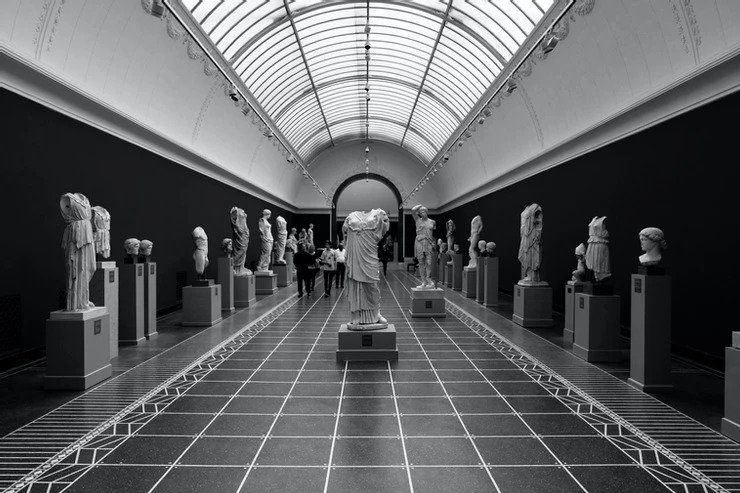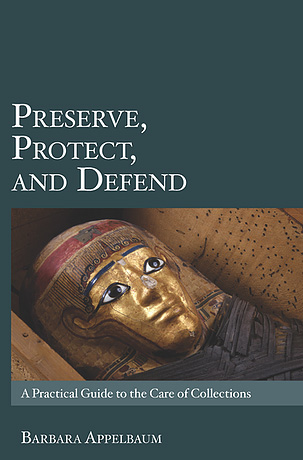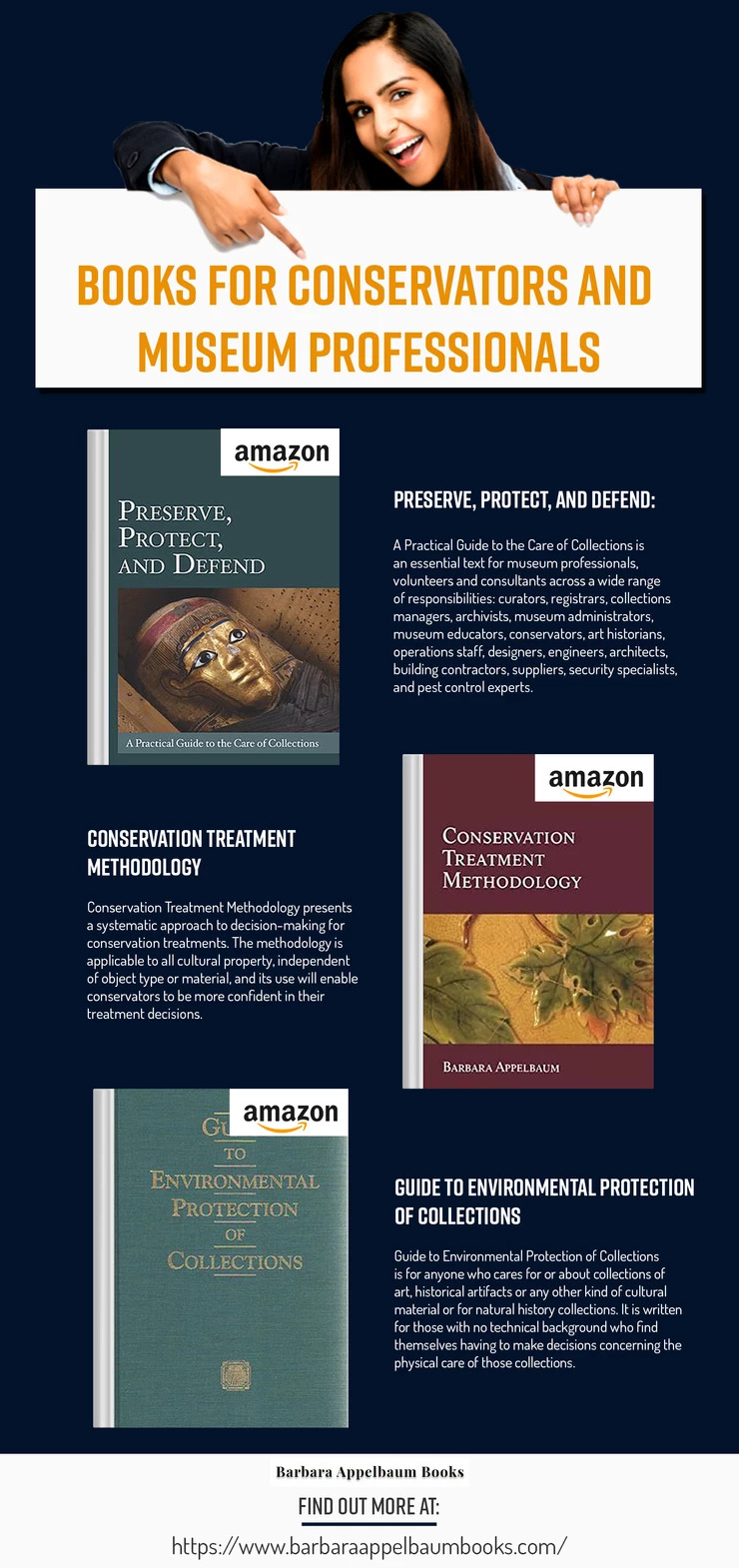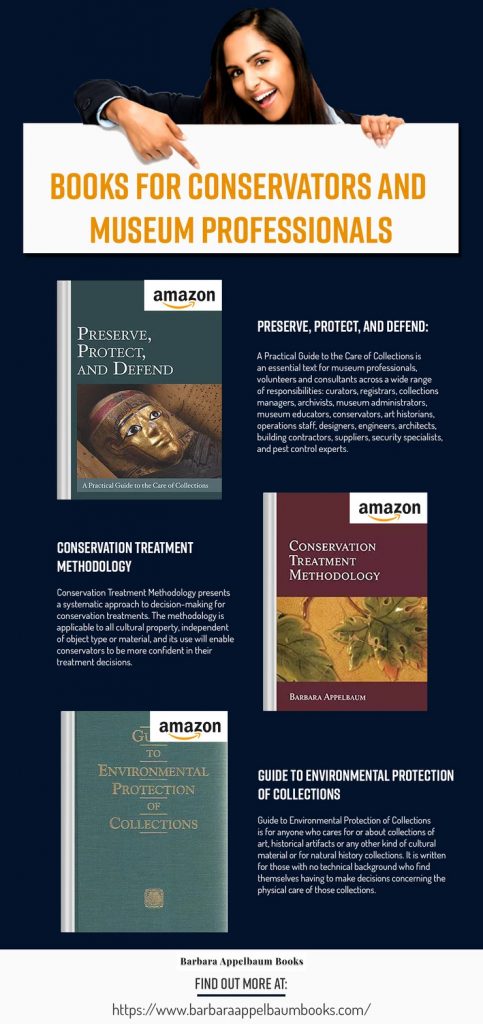Most of us must have heard about “art conservation” without actually having any knowledge about what it is and how is it important in the world of art. This art conservation guide will give you a detailed insight into its importance and how to get started with this incredible service to protect and restore the art around.
In this guide, we shall be discussing the topics below in brief-
· Art Conservation
· Importance of Art Conservation
· Terms of Importance
· How to start Art Conservation
Art Conservation
The process involving documentation, stabilization, and preservation of objects is called art conservation. Conservation is a combination of historical research, analyzing science, scientific material. Treatment for conservation or plans for maintenance is created only when all the above three aspects work together.
Nearly all types of artifacts irrespective of their age, whether it is a new structure of public art or an ancient painting aging more than 100 years can be conserved to give a brand-new look. Conservation not only works on paintings, sculptures, and other artifacts that have heritage value but also, can be applied to historic clothing, ancient vehicles, and artifacts related to the military.
Importance of Art Conservation
· Ensures Business
Art conservation is important as it restores your art to make them look fresh without losing its originality. When you are working in an organization that is home to many historic collections of artifacts, conservation of such art becomes necessary to attract business as your potential clients will know that you care and will place their trust in you. It also ensures a secure future for your organization and helps you grow your business and worth.
· Protecting the culture of a community
A community’s culture is largely reflected through its art and various artists work hard towards the creation of pieces that depicts change, documenting the present and cherishing the past.
· Preserving History
The art of conservation aims at restoring artifacts to preserve history for a longer period. Thousands of objects all over the world, several paintings, cultural-historical artifacts as well as many historical sites have been restored and many are still in the process to give the viewers a glimpse of ancient history. This art conservation process helps the visitors get a glimpse of how history was in a near-original form.
Terms of Importance
· Condition Assessment
A conservator examines an object carefully and thoroughly to get an idea of the current state of the artifact that needs to be restored. s/he recommends the procedures to conduct restoration, creating a replica of the missing parts as well as suggesting ways to maintain and preserve them.
· Preservation
A process to keep the original form of an artifact intact for a long period through different efforts.
· Restoration
Efforts to make a change in an object to make sure it reflects its original version. Sometimes it becomes impossible to recreate the original past and the conservator replaces or recreates the parts which may not have been in the original version but helps is reflecting the preserved past.
· Stabilization
The process through which deterioration can be minimized and the original work can be kept intact.
How to start an art conservation
Conserving art is a continuous and important process to help preserve history and recreate the past for generations to have a better understanding of ancient heritage. The first step towards art conservation is assessing and determining a state of an object. By doing the basic assessment and forming a basic structure for further restoration and preservation process. It also involves the best possible ways to maintain the object’s condition as it is for a long period.
· Condition Assessment
If you are new to the process of conservation, it is preferred to assess the collection of artifacts. Through this, you will get a fair general idea and will be able to identify the object which needs conservation and prioritize accordingly. Another benefit will be collaborating with a professional conservator who will help you in the assessment and will also help determine the pieces which require care and prioritization. Creating an inventory for keeping a track of your collection of artifacts in the process of restoration and maintaining the status of each art piece will help you in a smooth conservation process.
· Treatment of an artifact
After the assessment has been made about the pieces of artifacts, the conservators can follow the treatment process. The time taken for completing this work purely depends upon the complexities and intricacies of every object and the work required to be accomplished. In order to complete the treatment of the artifacts, there may be a requirement of procuring material, a requirement of testing, and a certain amount of research.
· Maintenance
It is very important to create a plan for maintenance for the collection. It is as important as the process of treatment. Maintenance helps in continuing to keep the collection artifacts in a proper state for a long time whereas, treatment helps in bringing out the true value of the pieces. You can also take the help of trained interns and volunteers to help complete the process within the specified time. Once the restoration and conservation process is complete, you can generate business and partnerships through your art collection which can also help in boosting tourism.
Hope this Art Conservation Guide helps you in restoring the artifacts you hold dear and bring back their lost glory by recreating a fusion of the past and the present also allowing you to take this up as a career and generate business.



